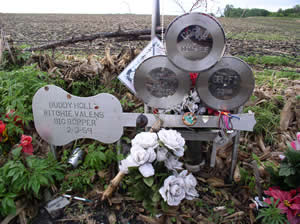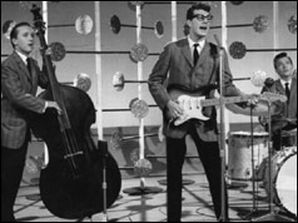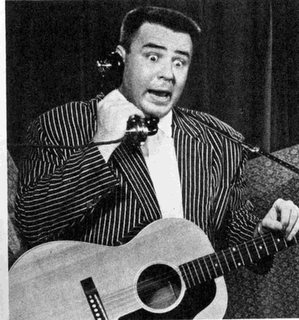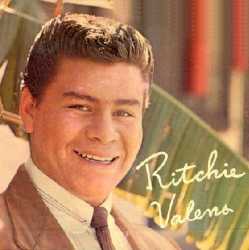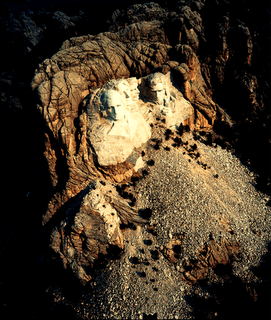Storing light here -- and retrieving it there
7 February 2007
Nature 445 605
Physicists in the US have been able to imprint a coherent pulse of light on a collection of ultracold atoms -- and then retrieve the same light pulse from a second set of atoms that is some distance away. The experiment proves that macroscopic particles can be quantum mechanically indistinguishable even though they are physically separate. The work was carried out using Bose-Einstein condensates (BECs) -- atoms cooled to such low temperatures that they are all in the same quantum state.
Messenger atoms
 To make light "jump" from one place to another, Lene Hau and colleagues from Harvard University exploited a technique that they developed in 2001 to store a light pulse in a BEC, which effectively slows laser light to a standstill. This technique involves shining a pulse from a probe laser onto a BEC of sodium atoms, which induces tiny oscillating distributions of electric charge in the atoms.
To make light "jump" from one place to another, Lene Hau and colleagues from Harvard University exploited a technique that they developed in 2001 to store a light pulse in a BEC, which effectively slows laser light to a standstill. This technique involves shining a pulse from a probe laser onto a BEC of sodium atoms, which induces tiny oscillating distributions of electric charge in the atoms. Normally these dipoles radiate and quickly decay, but shining a control laser onto the atoms transfers the oscillations in charge to oscillations in spin, which are more stable. So when the control laser is turned off, the information content of the probe pulse is "imprinted" on the oscillating spin dipoles of the atoms. Switching the control laser back on releases the light by allowing the atoms to reradiate coherently i.e. with the same phase of the original probe pulse.
What is different in the new experiment is that the delayed pulse is made to reappear from a second BEC situated some 160 µm away. The trick lies in the fact that the quantum-mechanical wave function of the spin dipoles is actually a superposition of atoms in the ground state and atoms in a spin-excited state. Because of conversation of momentum, the spin-excited atoms move away from the BEC when the atoms absorb photons from the pulse laser, while the ground-state atoms stay in the condensate.
The clever part of the experiment is that the Harvard team decided to wait until the spin-excited atoms had reached the second condensate before turning the control laser back on. To their delight, they found that that this physically separate collection of atoms was then able to re-emit the initial light pulse. This revived light pulse slowly propagated out of the second BEC before reaching its normal speed of 300 million metres per second.
Because the two BECs had been independently prepared, one might expect the "messenger wavepacket" transferred from the first condensate to be alien to the second BEC. The fact that it was not implies that the ground-state wavefunction has a component in both BECs at the same time, which can then combine with the spin-excited component once it had reached the second BEC. The experiment is a striking demonstration of quantum indistinguishability.
"By manipulating the matter copy [of the original light pulse], we can process optical information", says Hau. She told Physics Web that the experiment could lead to techniques to process optical information in optical communications and quantum-information networks. Other applications could be in ultra-sensitive rotation sensors or gravity detectors.
About the author: Jon Cartwright is a reporter for Physics Web.
Hat Tip: PhysicsWebHat Tip: Nature

